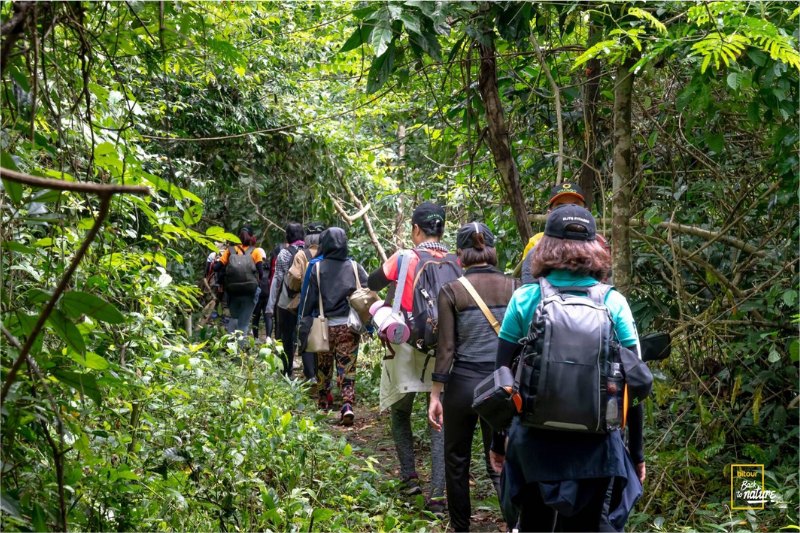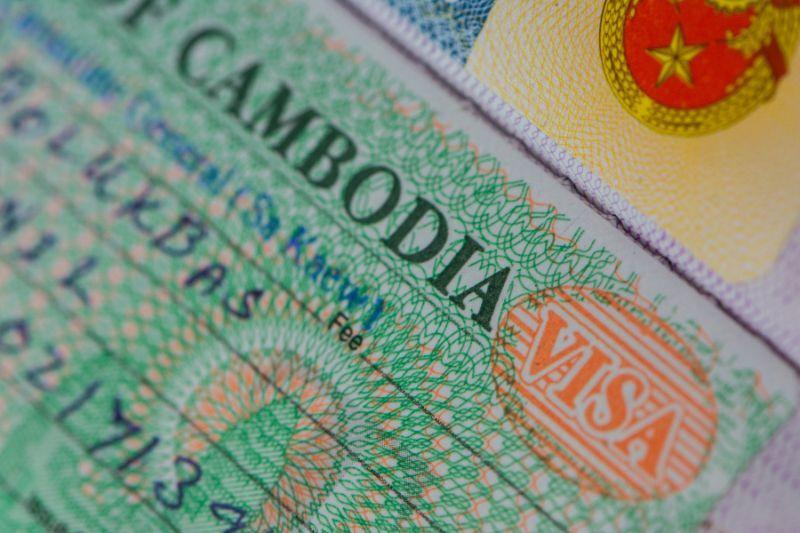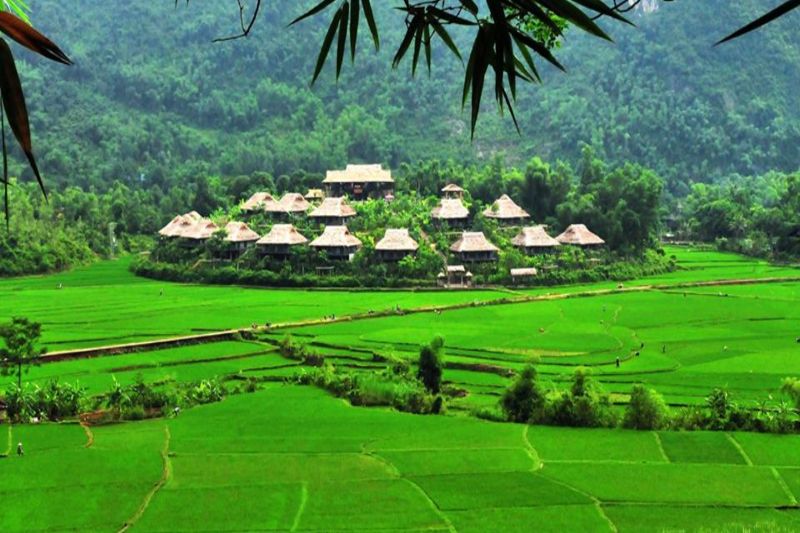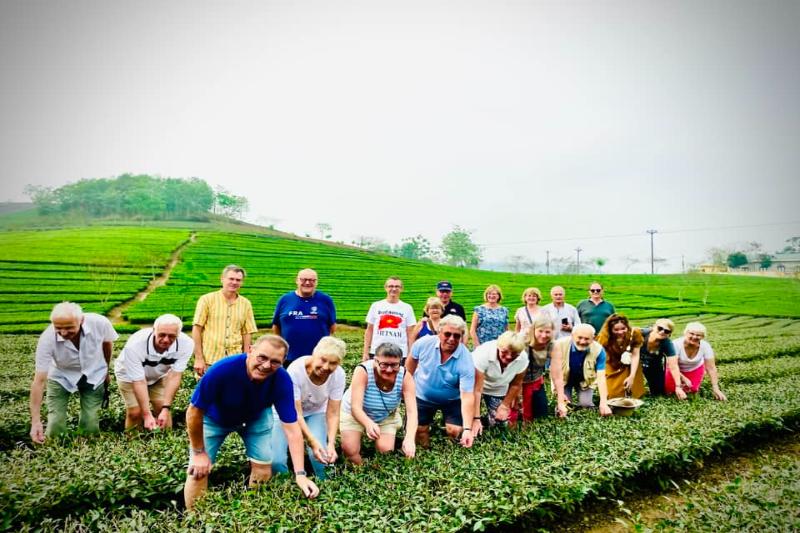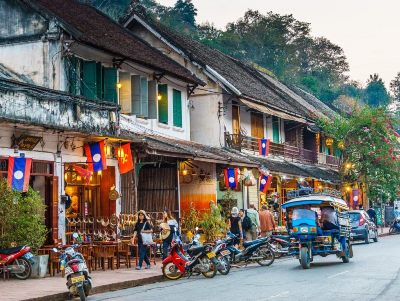
DISCOVER VIETNAMESE FRUITS
With a geographical location located in the tropics, Vietnam is a real paradise of fruits. From street corners to hawkers, everywhere are signs saying “trái cây” (fruit) atop colorful fruit pyramids stacked neatly. Have fun snacking, indulge yourself and immerse yourself in the wonderful world of Vietnamese fruits with this list. It’s worth trying them all, because the exotic flavors and textures are simply not found in your country.
Table of Contents
ToggleMango

There are many types of mangoes in Vietnam, but the most famous is probably the sweet mango from Hoa Loc, a small town in the Mekong Delta in southern Vietnam, precisely in Tien Giang province. The Hoa Loc mango usually weighs between 350 and 450 grams and it has an oval shape and golden yellow skin when ripe. The pulp is also bright yellow and smooth. Hoa Loc mango is fleshy, less fibrous, very sweet and aromatic, it is widely available all over Vietnam.
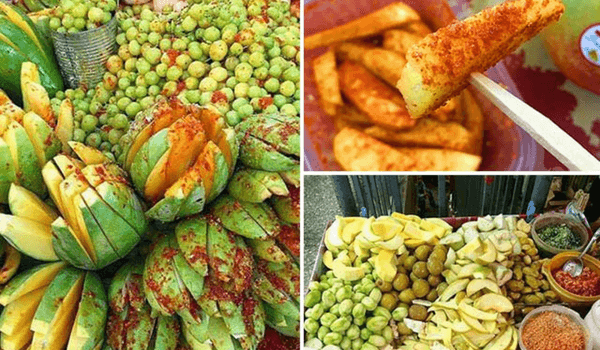
Hoa Loc mango is a Vietnamese fruit that contains a lot of vitamins C, E, A, and B6, which help prevent cancer, enhance vision, and increase resistance. Most of the Hoa Loc is chosen by many people to eat ripely because then mango not only has a seductive fragrance but also contains a very high nutritional content. When shopping for a mango, ignore its size and choose that it is fragrant. Mango mixed with spices (sugar and salt) is a favorite dish of Vietnamese young people. So you can easily find them through street vendors.
Mangosteen
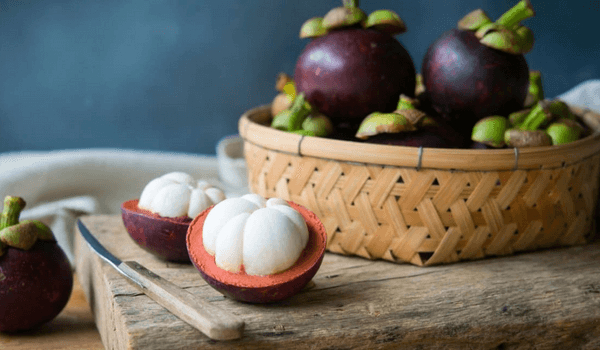
Purple mangosteen (or garcinia mangostana) is considered the queen of Vietnamese fruits. The flesh of the fruit is white and when melted in the mouth has a sweetness. Sometimes slightly sour, but mostly sweet and creamy taste. Delicious mangosteen is a fruit with a lot of flesh and small seeds.
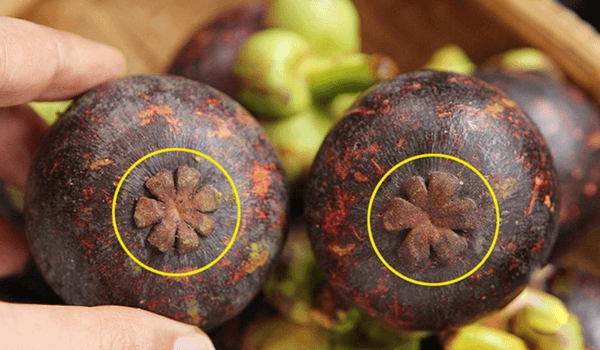
Vietnamese people think that buying a mangosteen is like winning the lottery because it is difficult to choose good mangosteen. But there are a few suggestions: the stalk is green, fresh, and free of cracks. In addition, when you hold the mangosteen fruit upside down, you can see the part that looks like a flower. The number of “petals” is the number of sections of each mangosteen fruit, the more “petals” the more sections of mangosteen.


